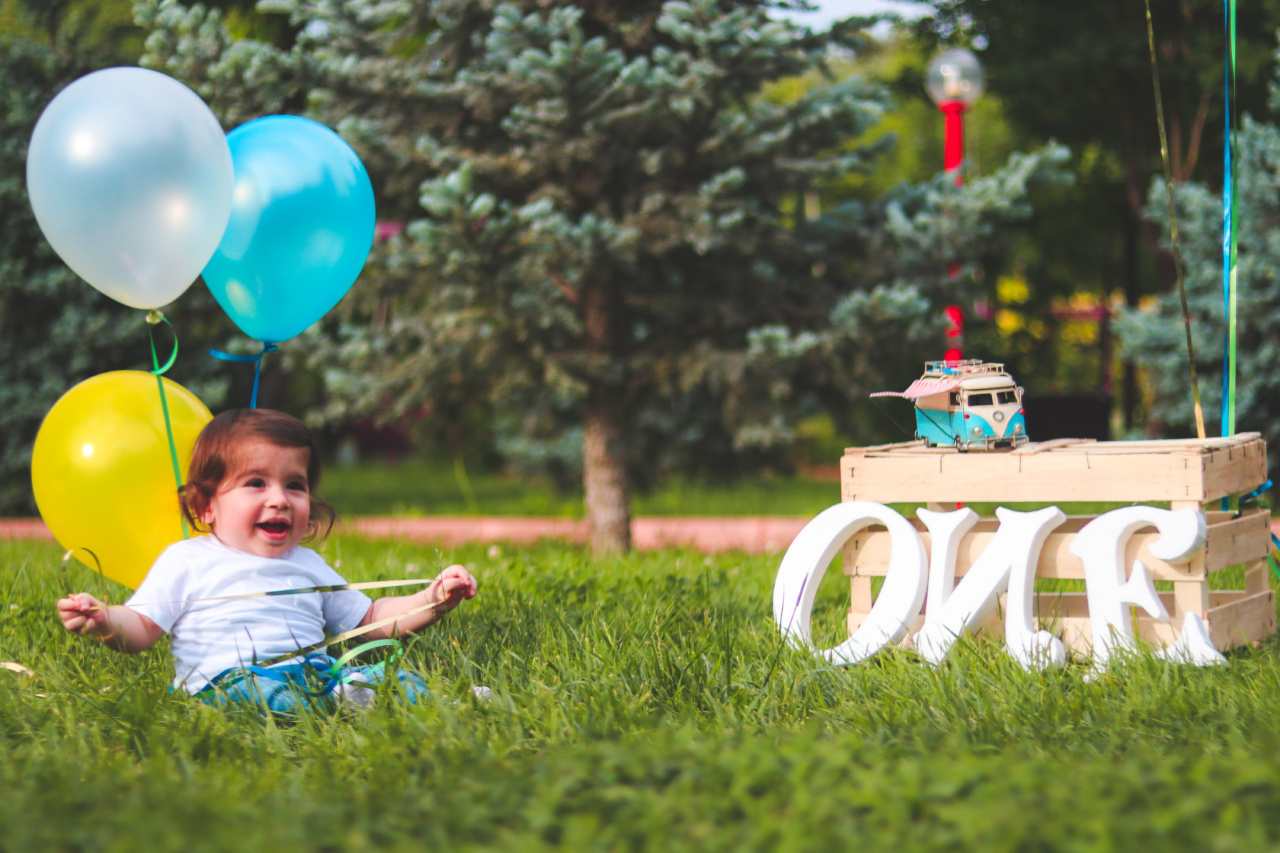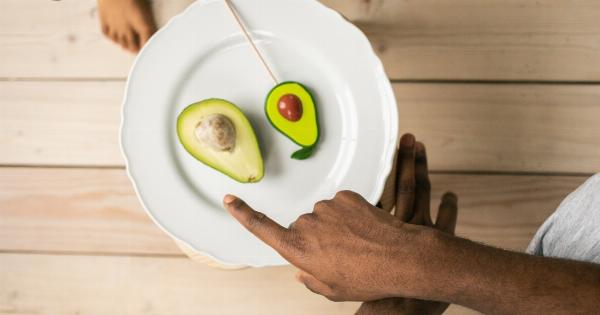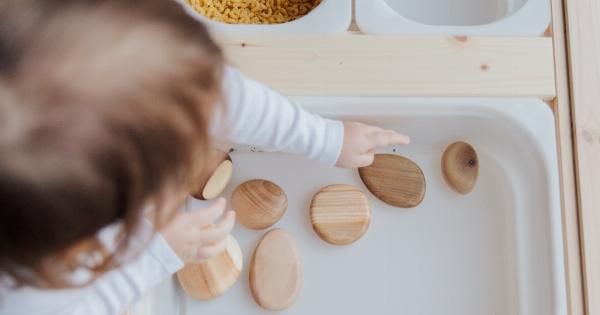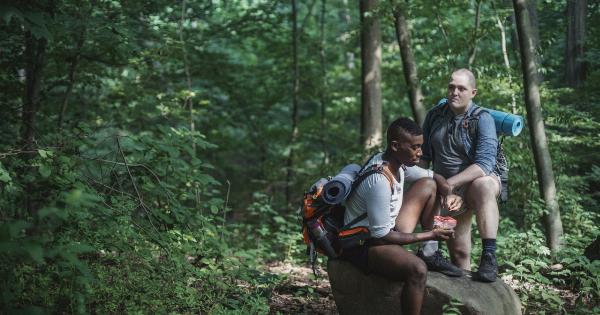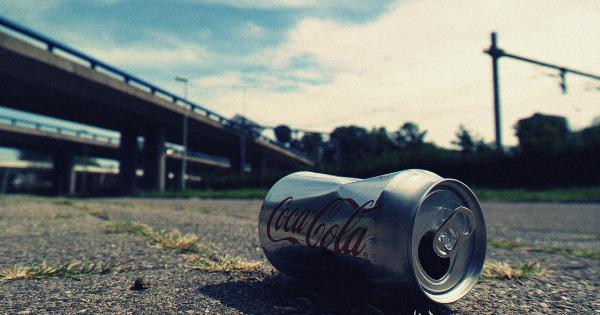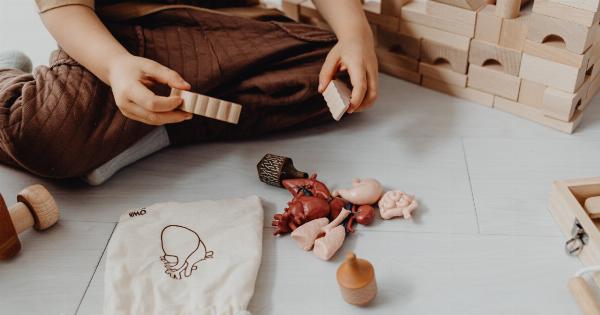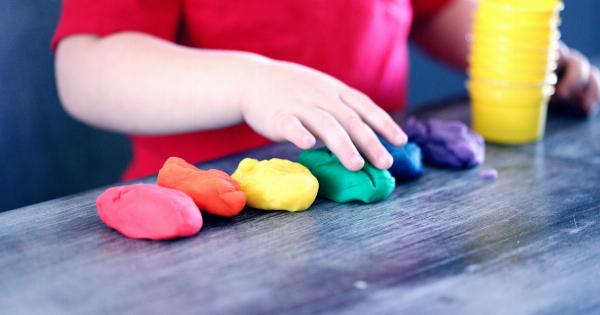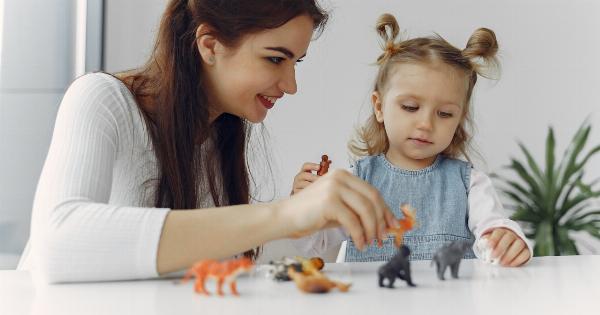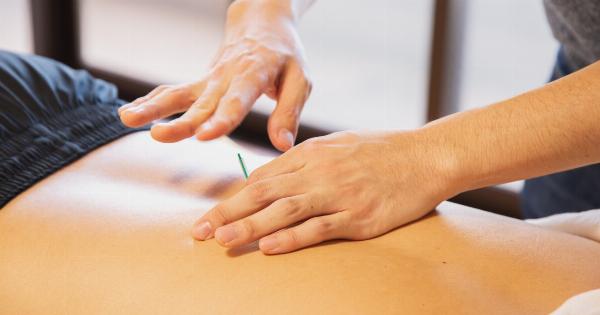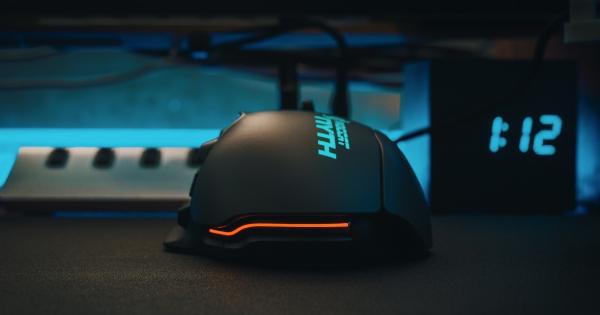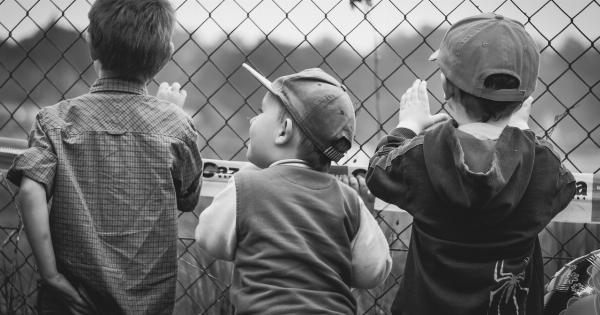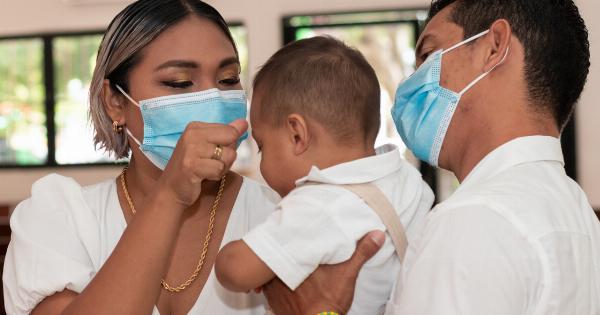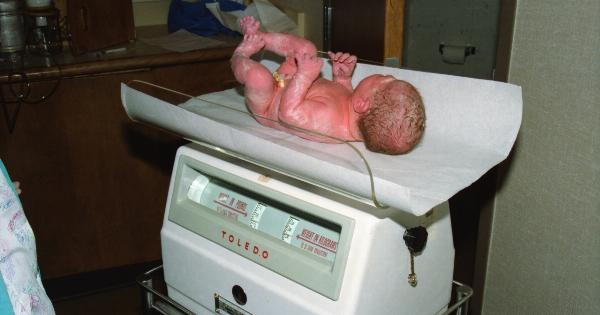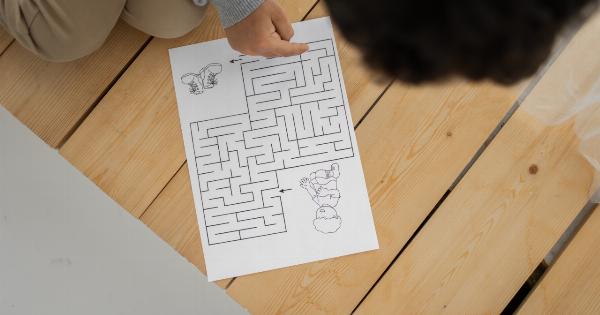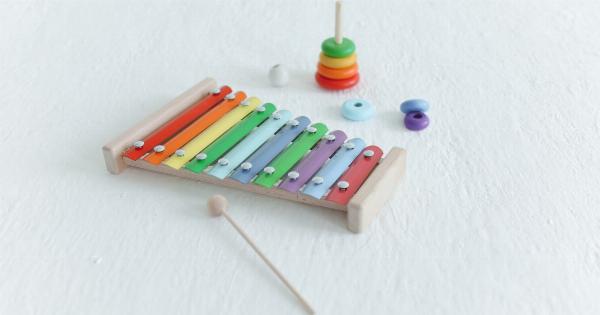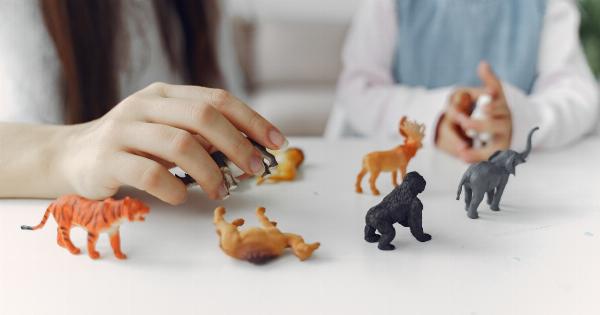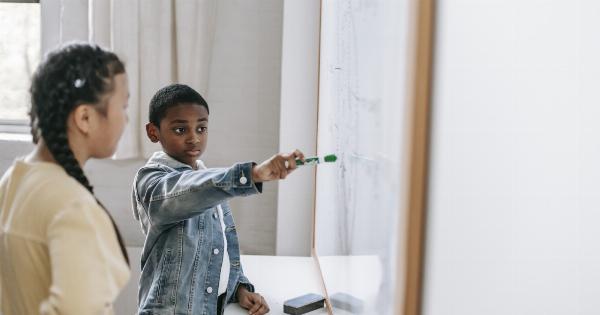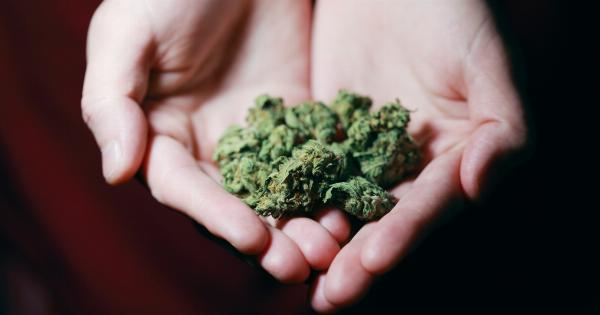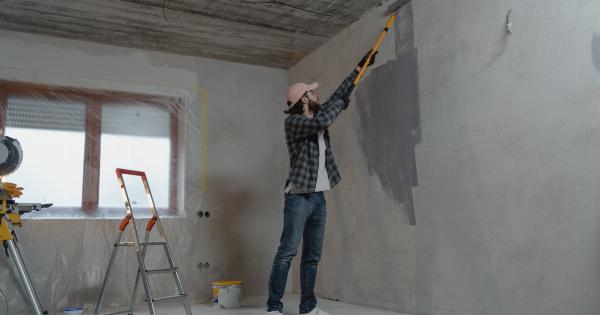Watching your baby grow and develop is a joyous experience. From their first smile to their first steps, every milestone is a testament to their rapidly changing abilities.
One of the most awaited moments for parents is when their little one starts to “fall” – the time when they learn to sit independently and eventually master the art of standing and walking.
But have you ever wondered about the science behind this remarkable phase of baby development? In this article, we will explore the different stages of a baby’s motor development and delve into the underlying scientific processes that enable them to “fall” and begin their journey towards independence.
Stage One: Head Control
Before babies can sit or stand, they need to develop adequate head control. During the first few months of life, their neck muscles gradually strengthen, allowing them to hold their head up for short periods.
By the age of around 3 months, most babies can support their head while being held or during tummy time. This milestone is vital as it lays the foundation for further motor development.
Stage Two: Sitting with Support
Once babies have achieved head control, they start to develop core strength and stability. Between the ages of 4 to 6 months, they are usually able to sit with support.
This means that they can maintain an upright position when propped up against cushions or held by an adult. Sitting with support enables babies to engage in various activities and experience a different perspective of their surroundings.
Stage Three: Independent Sitting
As their core muscles continue to strengthen, babies progress to the next stage of their motor development, which involves sitting independently. This milestone typically occurs between 6 to 8 months of age.
At this point, babies can maintain a seated position without any external support. Independent sitting allows them to explore their environment more freely and actively engage in play.
Stage Four: Crawling
As babies become more mobile, they often begin to venture forward on all fours – crawling. Crawling is a crucial developmental stage that usually starts around 6 to 10 months of age.
This mode of transportation not only allows babies to explore their surroundings but also strengthens their upper body, coordination, and spatial awareness. Crawling lays the groundwork for future milestones such as walking and running.
Stage Five: Pulling Up and Cruising
Between the ages of 8 to 12 months, babies begin to develop the strength and confidence to pull themselves up using furniture or other stable objects. This stage is known as pulling up.
By using their arms and leg muscles, babies gradually learn to raise themselves to a standing position. As they gain more control over their balance, they start cruising – moving along furniture while holding on for support. Pulling up and cruising are essential precursors to independent walking.
Stage Six: First Steps
One of the most highly anticipated moments in a baby’s journey towards mobility is taking their first steps. Around the age of 12 months, many babies are able to walk independently, though the timing can vary greatly from one child to another.
Walking involves a complex interplay between muscle strength, balance, coordination, and cognitive development. The ability to walk opens up a whole new world of exploration and independence for children.
Stage Seven: Refining Motor Skills
After mastering the skill of walking, toddlers spend the next few years honing their motor skills and exploring their physical limitations. They gradually refine their ability to walk, run, climb, kick, throw, and catch.
During this phase, children’s praxis, or the ability to plan and execute purposeful movements, continues to develop. They become more coordinated and gain better control over their body’s movements.
Understanding the Science Behind the Milestones
Behind every milestone in baby development lies an intricate series of scientific processes. The nervous system plays a crucial role in coordinating these processes and enabling motor skills to emerge.
The brain, particularly the motor cortex, is responsible for initiating and controlling voluntary movements. As babies grow, the connections between neurons in the brain strengthen, allowing for more precise and coordinated movements.
Additionally, the cerebellum, often referred to as the “little brain,” plays a vital role in balance, coordination, and motor learning.
Motor development is also influenced by sensory feedback. Babies rely on information from their senses to adjust their movements and maintain balance.
For example, their visual system helps them perceive depth and distance, which is essential for crawling, walking, and navigating their environment without falling. Moreover, the vestibular system, located within the inner ear, provides feedback about head position and movement, aiding in balance and coordination.
Encouraging Healthy Development
While every child develops at their own pace, there are several ways you can support and encourage your little one’s motor development:.
1. Tummy Time: Regularly placing your baby on their tummy while they are awake and supervised helps strengthen their neck, back, and shoulder muscles.
2. Allowing Exploration: Create a safe environment where your baby can move and explore freely. Provide opportunities for crawling, pulling up, and cruising.
3. Offering Support: Keep in mind that babies may need support or assistance during different stages of development. Use cushions or your hands to provide stability until they can sit or stand independently.
4. Providing Stimulating Toys: Offer toys that promote reaching, grasping, and hand-eye coordination. Stackable blocks or toys that make sounds when touched can encourage reaching and grabbing movements.
5. Physical Interaction: Engage in activities that involve physical interaction, such as playing peek-a-boo or rolling a ball back and forth. These interactions help develop your baby’s motor skills and coordination.
Remember, each baby is unique, and development occurs at its own pace. If you have concerns about your baby’s motor development, consult with their pediatrician for personalized guidance and support.
